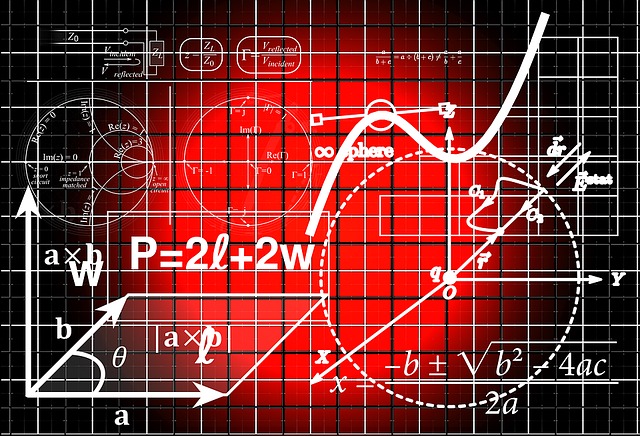
At a concert, the attendees are those who came to the place to attend the show.
The adjective concurrent is used to describe the one or thing that concurs : that joins or coincides with another or others in the same place and/or time. Concur can also refer to the contribution of a certain amount for a purpose.
For example: “The attendees were displeased with the artist because he only sang five songs,” “The scandal broke out when an attendee stood up and began to insult the deputy,” “The financing will be provided by the provincial government and the municipality of concurrently.”
The idea of concurrent is usually used to name the people who come to a place to attend an event. All members of the public gathered in a stadium to enjoy a rock concert, to cite one case, are present at the event in question.
Concept of concurrent in geometry
Those elements that coincide with each other or in the same space are also named as concurrent. In this sense the notion frequently appears in the field of geometry .
Concurrent lines are those that lie in the same plane and have a point in common. The concurrent lines, therefore, pass through the same point. This particularity differentiates them from parallel lines , which are equidistant from each other and do not have points in common. Specifically, we speak of concurrent lines when there are three or more lines that cross the same point; If there are only two lines, they are designated as perpendicular lines or intersecting lines, as appropriate.

Concurrent lines are located in the same plane and have a point in common.
Lines of this type in polygons
In numerous polygons we can find concurrent lines. Thus, they are found in quadrilaterals, circles, ellipses, hexagons, regular polygons and even triangles. Specifically, in the latter we can find several types of those such as the following:
-The bisectors, which are the perpendiculars that come from the midpoints of each side of the triangle and that coincide in what is known as the circumcenter.
-The heights, which are drawn from each vertex and which coincide at the so-called orthocenter.
-The medians, which come to “unite” what each vertex is with the midpoint of the opposite side. They coincide with the existing ones in what is known as a centroid.
-The bisectors, which start from each vertex and come to “bisect” what is the angle that is associated. Its union point is the incenter.
Concurrent vectors , on the other hand, are those that pass through the same point. As they pass through this point, they give rise to an angle: that is why concurrent vectors are also known as angular vectors.
Concurrent in computing
In addition to all of the above, we cannot ignore the fact that in the field of computing the term concurrent that concerns us now is also used. In that case, mention is made of what is called concurrent computing, which defines the capacity for simultaneity in the execution of different interactive tasks. Tasks that can be executed on several processors, on a single unit, on a computer network...
In the same way, in relation to this type of computing, we have to highlight the existence of what is called concurrent editing. This term is used to define the situation that occurs when two or more different users proceed to edit a document or the same data field.
